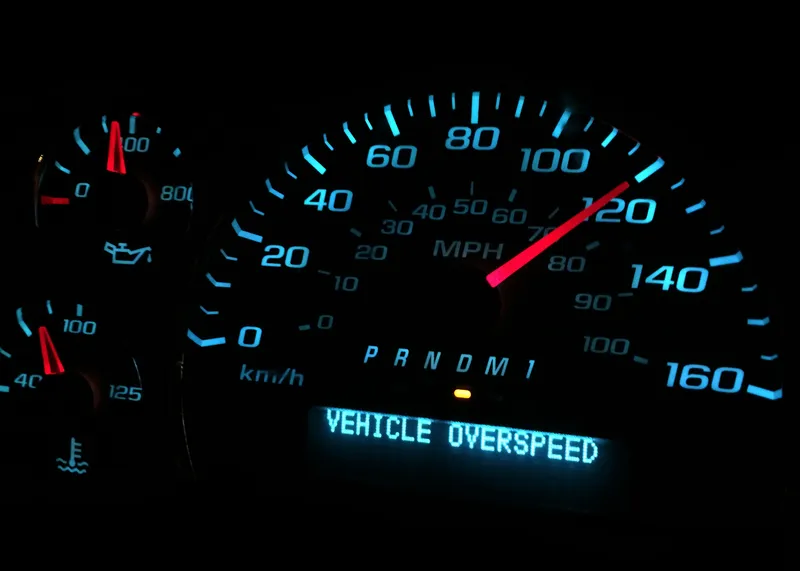Equipping large trucks with advanced safety technologies has the potential to prevent up to 63,000 truck-related crashes each year, according to new research from the US
The report, Leveraging Large Truck Technology and Engineering to Realize Safety Gains, examined the safety benefits and costs of installing four advanced safety technologies in both existing and new large trucks: lane departure warning systems; automatic emergency braking; air disc brakes; and video-based onboard safety monitoring systems.
It estimates that lane departure warning systems can prevent up to 6,372 crashes, 1,342 injuries and 115 deaths each year, while video-based onboard safety monitoring systems can prevent as many as 63,000 crashes, 17,733 injuries and 293 deaths each year.
“There’s no question that truck safety technology saves lives,” said Dr David Yang, executive director of the AAA Foundation for Traffic Safety. “This new research shows that the benefits of adding many of these technologies to trucks clearly outweigh the cost.”
Truck safety technology can prevent 63,000 crashes each year, says AAA
Equipping large trucks with advanced safety technologies has the potential to prevent up to 63,000 truck-related crashes each year, according to new research from the US AAA Foundation for Traffic Safety. In 2015, large trucks were involved in more than 400,000 crashes that resulted in more than 4,000 deaths and 116,000 injuries -- a four percent increase from 2014.
September 25, 2017
Read time: 2 mins









